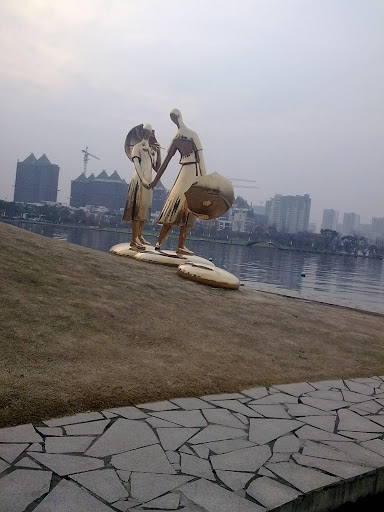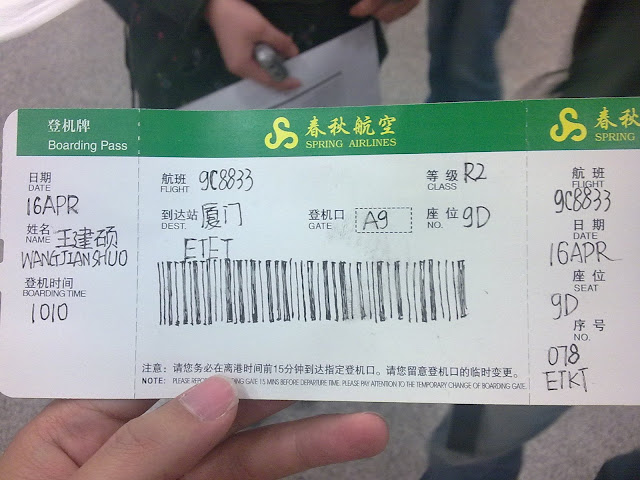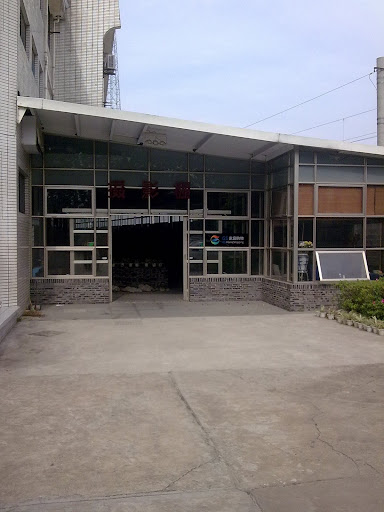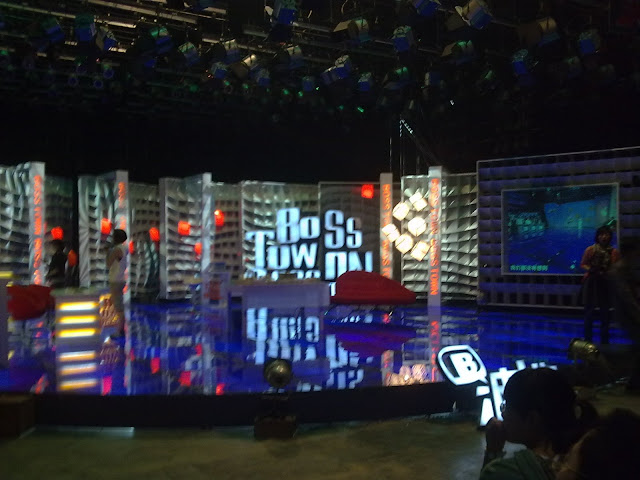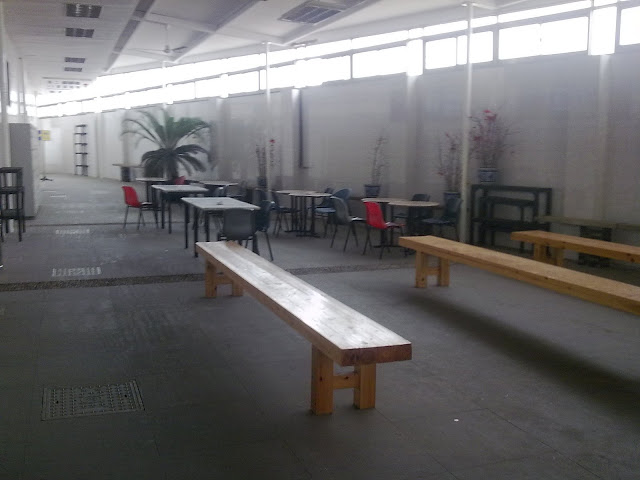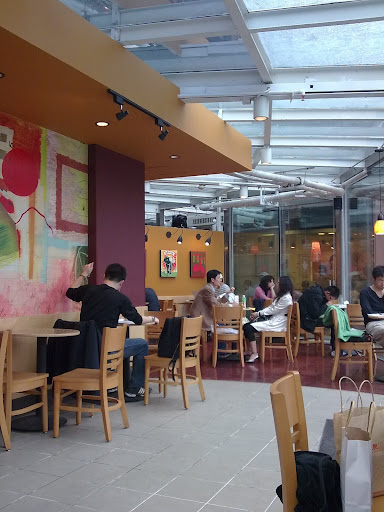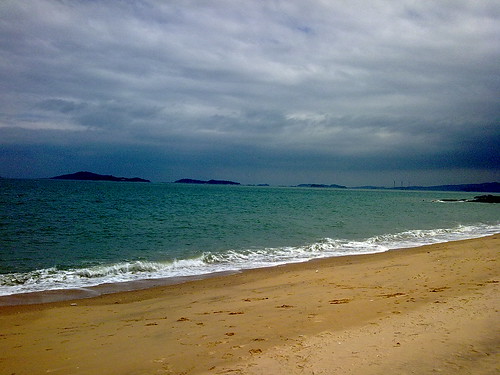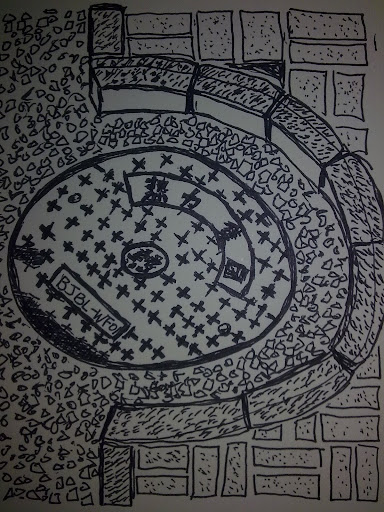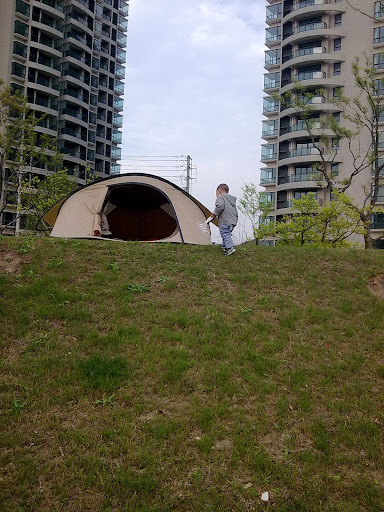I am using Google Analytics to track traffic to this site, and thus, it will set first-party cookie on computers of my readers. To help my readers to understand what it is, and whether it contains any private information (someone asked), I am writing a quick guide, although it should be Google’s job to do it.
__utma
Name: __utma
Content: 140862379.1932703144.1241269035.1241269035.1241269035.1
Domain: .home.wangjianshuo.com
Path: /
Sent For: Any type of connection
Expires: 2011-5-2 20:57:18
Remember, my site ID of home.wangjianshuo.com with Google Analytics will always be 140862379. That is a hash of my site name – in case you don’t know what hash is, it is just a complicated way to turn a string (any string) into a unique number. The number 140862379 is always attached to this site. It is not changed unless I change my domain name, even though it has a 4 in it. :-) The good thing is, the 379 ending part seems to be related to my home town Luoyang.
1932703144 is a random number – yes, that is me! Yours should be different than mine. It may be another random number. Anyone has its own number. That number does not change and follows you long enough – 2 years to be exact. Using Internet explorer to visit, I get another random number 1288054309. It is just like this… That is maybe the only thing identify you, my reader, and nothing else is revealed.
Another interesting thing is the last number – that is how many times you have visited this site. Check back from time to time to see the total number of visit you come to this site.
__utmb
This is a 30 minute tracker – the content is the number I just described: with a 4 in it and ending with 379. That is this site again. Actually, this can be nothing or any other random number, because it is whether this cookie present or not that matters, not its value. Every time you visit the site, the expiration time is reset, such to keep the session as long as possible, if there are no pause longer than 30 minutes in the middle.
Name: __utmb
Content: 140862379
Domain: .home.wangjianshuo.com
Path: /
Sent For: Any type of connection
Expires: 2009-5-2 21:49:45
__utmc
This is completely the same as the previous one, except it expires at the end of the session – you close your browser. Just as __utmb, the presence of this cookie is more important than its value. If either of __utmb or __utma misses (__utmb disappears after 30 minutes, and __utmc disappears after the user close the browser), a new session, or in Google Analytics’ term, a visit, starts.
Name: __utmc
Content: 140862379
Domain: .home.wangjianshuo.com
Path: /
Sent For: Any type of connection
Expires: End of session
__utmz
__utmz records the campaign information – it is about how user comes to this site. It expires after 6 months. As you can see from this sample, this user (it is me) comes from Google (as stated in utmcsr, or source), and is from (organic) search result (in utmccn) with term Shanghai taxi (as in utmctr, or term) and the media is organic (as in utmcmd). This typically tells the story of how you get to this site – a search, from Google, and I didn’t pay for the visit (organic).
In this cookie, you notice that 140862379 is still there – my site, and 1241269038 is a time stamp.
Name: __utmz
Content: 140862379.1241269038.1.1.utmccn=(organic)|utmcsr=google|utmctr=shanghai+taxi|utmcmd=organic
Domain: .home.wangjianshuo.com
Path: /
Sent For: Any type of connection
Expires: 2009-11-1 8:57:18
Technical Stuff is Interesting, and Boring
Depends on where you come from, technical information like this can be either boring, or interesting – for me, it is very interesting to understand how on earth it is done to help me understand more about many different things.
Google Analytics Cookie Monitior
Here is a small tool that I created to help you understand what cookie I set to your browser (actually Google did it). As I said, technical stuff is interesting when you know it works.
Loading…


